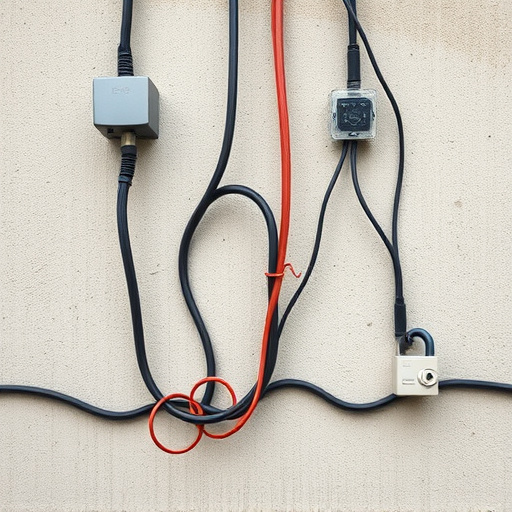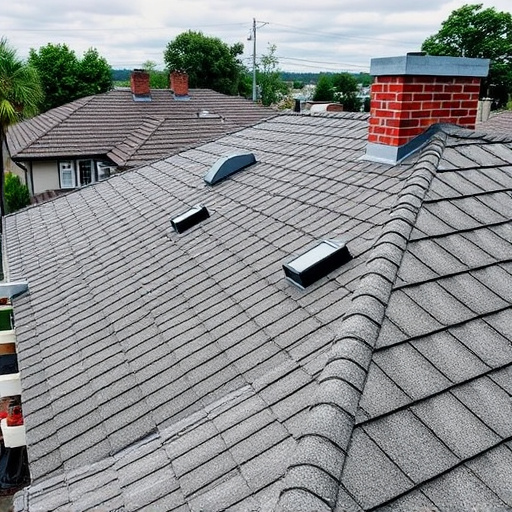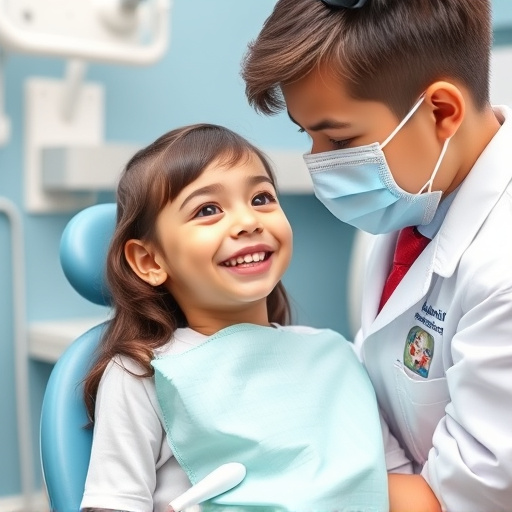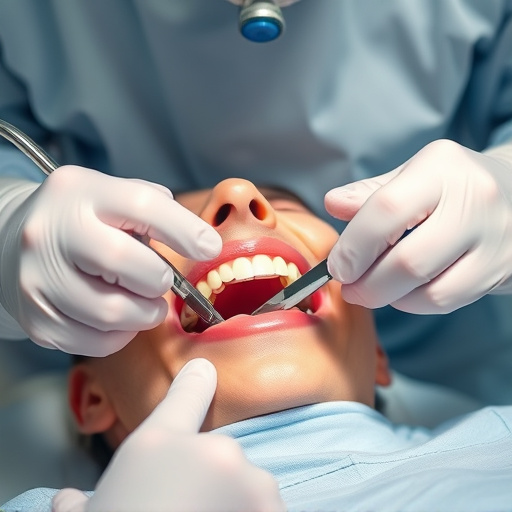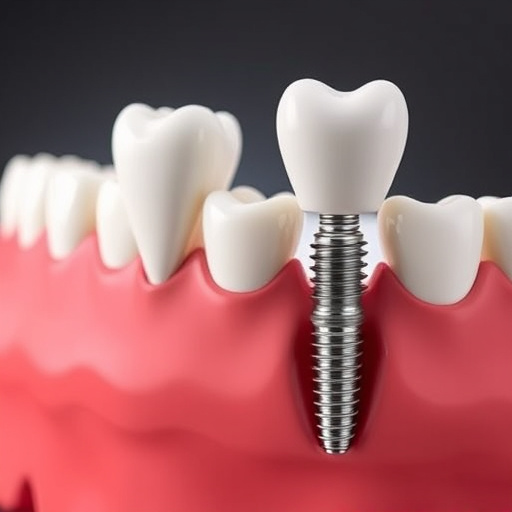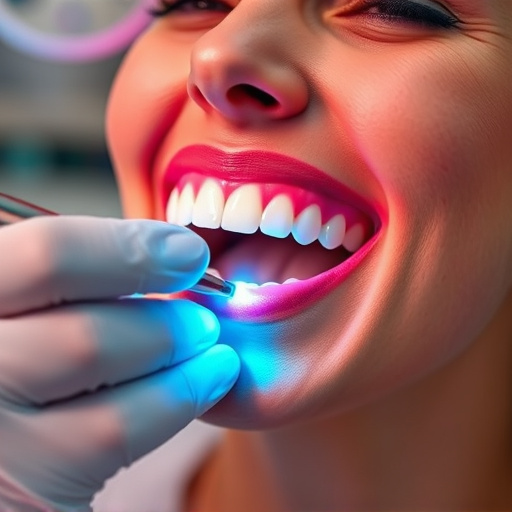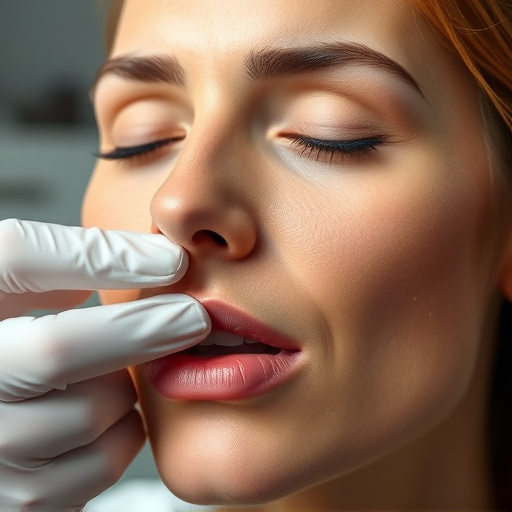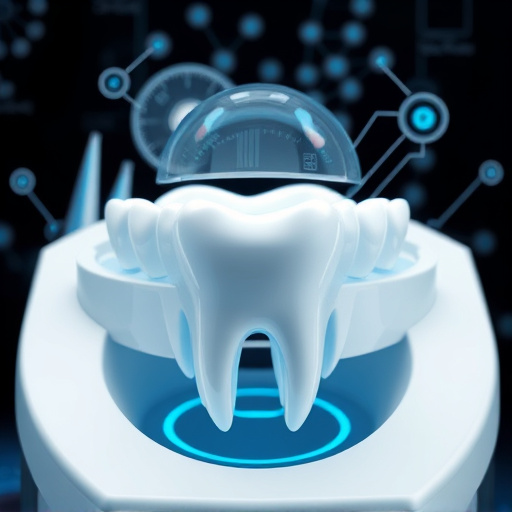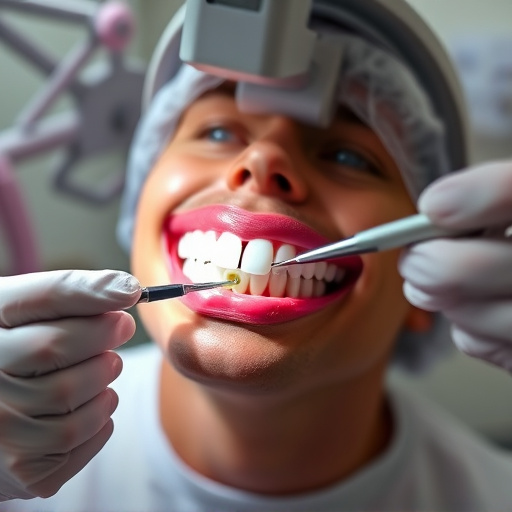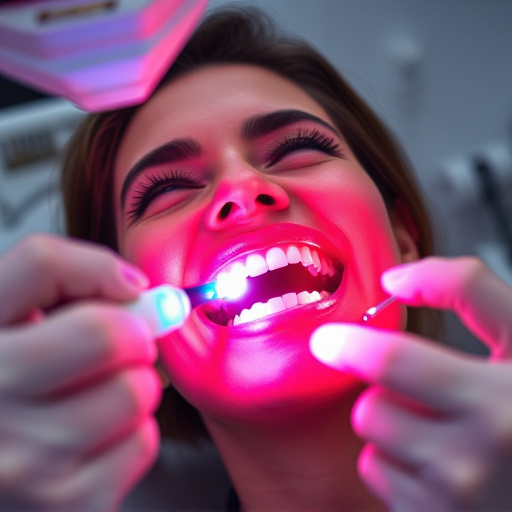Intraoral cameras revolutionize dental examinations by providing high-definition images of the oral cavity, enabling accurate diagnoses and treatment plans. This technology detects subtle anomalies early, enhances patient care through improved visualization during complex procedures, and fosters effective communication between dentist and patient. HD intraoral camera examinations improve trust, informed consent, satisfaction, and outcomes in modern dental practice. Best practices include proper lighting, multi-angled positioning, patient education, and regular equipment calibration to ensure optimal image quality.
Intraoral camera examinations with high-definition imaging are transforming dental care. These advanced tools enable dentists to capture detailed, clear images of oral cavities, providing a comprehensive view of teeth, gums, and nearby structures. This innovative approach enhances diagnostic accuracy, facilitates treatment planning, and promotes patient education. By integrating intraoral cameras into dental practices, healthcare providers can offer more efficient, effective, and patient-centric care.
- Understanding Intraoral Cameras: Tools for Comprehensive Dental Care
- Benefits of High-Definition Imaging in Oral Examinations
- Best Practices and Tips for Effective Use of Intraoral Camera Technology
Understanding Intraoral Cameras: Tools for Comprehensive Dental Care
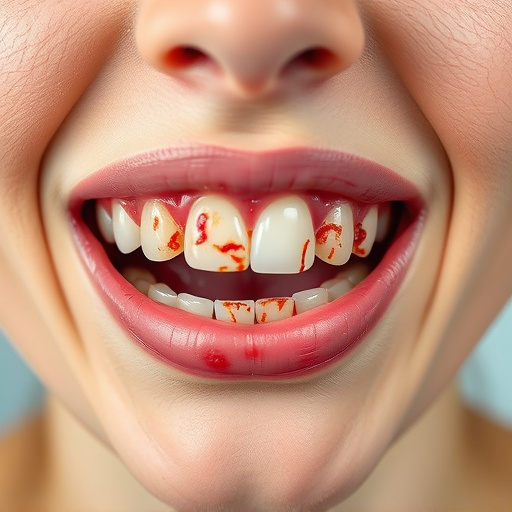
Intraoral cameras have transformed the way dental examinations are conducted, revolutionizing comprehensive dental care. These advanced tools enable dentists to capture detailed high-definition images of the oral cavity, providing a clear and precise view of teeth, gums, and other structures within the mouth. By integrating intraoral camera examination into their practices, dental professionals can offer more accurate diagnoses and treatment plans, enhancing overall patient care.
With their ability to detect even the slightest anomalies, such as decay, gum disease, or flaws in existing dental work like dental bonding, intraoral cameras play a pivotal role in restorative dentistry. High-definition imaging allows for better visualization during complex procedures, ensuring minimal errors and maximizing treatment outcomes. This technology is not just a convenience; it’s a game-changer that fosters more effective communication between dentist and patient, ultimately contributing to improved oral health and satisfaction with care.
Benefits of High-Definition Imaging in Oral Examinations
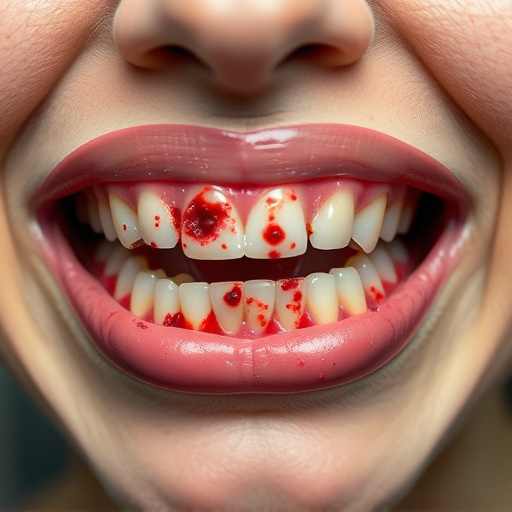
High-definition imaging has revolutionized intraoral camera examinations, providing dentists with an unparalleled level of detail and clarity during oral inspections. This advanced technology offers several significant benefits that enhance both diagnostic accuracy and patient care in comprehensive dental care. With HD imaging, tiny anomalies like early signs of tooth decay, minor cracks, or inflammation in hard-to-reach areas can be detected more easily, enabling prompt intervention for effective tooth repair.
Moreover, the visual evidence captured by high-definition intraoral cameras facilitates better communication between dentist and patient during wisdom tooth removal procedures or other complex treatments. Patients can clearly see the condition of their oral cavity, fostering trust and informed consent. This level of transparency contributes to improved patient satisfaction and outcomes, underscoring the value of HD imaging as a standard tool in modern dental practice.
Best Practices and Tips for Effective Use of Intraoral Camera Technology
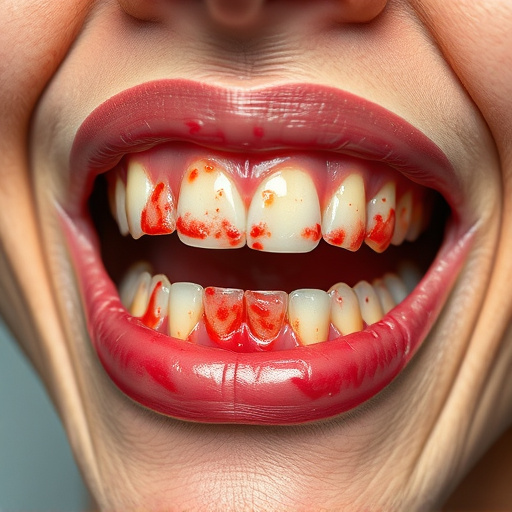
Using an intraoral camera for examination can greatly enhance dental practice by providing detailed, high-definition images of teeth and oral structures. To make the most of this technology, best practices include ensuring proper lighting during the procedure to avoid shadows that might obscure important details. Additionally, positioning the camera at various angles allows for comprehensive visualization of all areas within the mouth. Dentists should also educate patients on the process beforehand, easing any anxiety related to the use of intraoral cameras.
When performing specific procedures such as tooth extractions or placing dental fillings, the camera can capture precise images that aid in diagnosis and treatment planning. For emergency dental care situations, intraoral imaging offers quick and accurate assessments, enabling dentists to make informed decisions quickly. Regular calibration and maintenance of the equipment are essential to ensure optimal image quality, thus facilitating more effective intraoral camera examination.
Intraoral camera examinations with high-definition imaging are transforming dental care by providing detailed, clear views of oral structures. This technology offers numerous benefits, from improved diagnostics to enhanced patient communication. By adopting best practices and tips outlined in this article, dental professionals can maximize the advantages of intraoral cameras, ensuring more effective and efficient oral health assessments.


